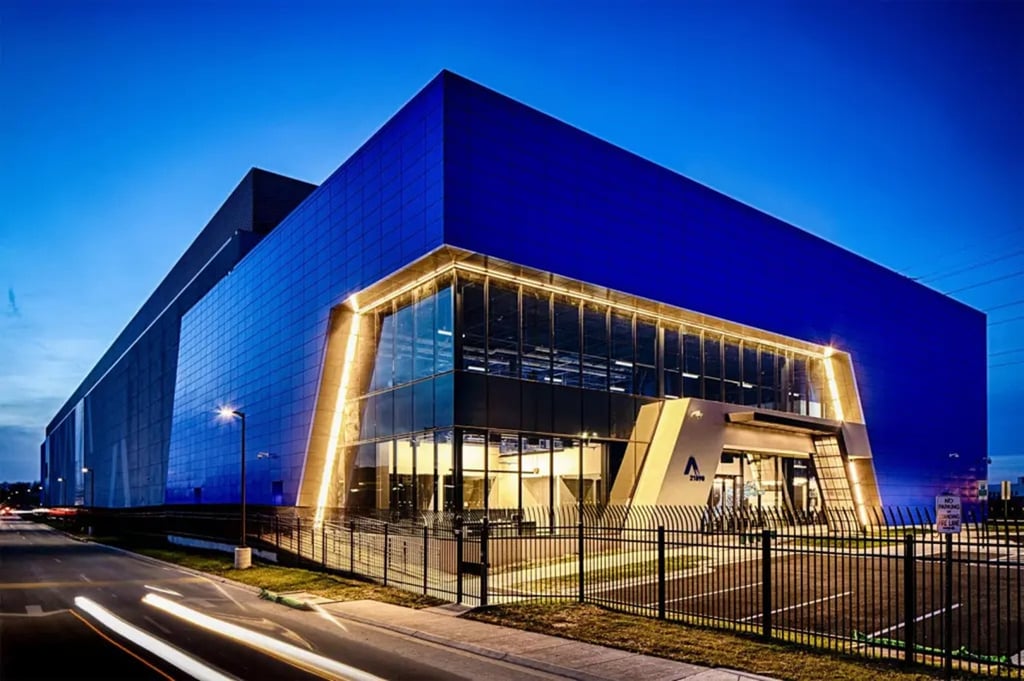Breaking up is hard to do, and in Hewlett-Packard’s (HP) case, somewhat costly too. HP announced its first quarter fiscal 2015 financial results this week, sharing details on its announced strategy to separate into two companies. When the separation is complete HP Enterprise will focus on enterprise software, hardware and services while HP Inc will […]
Datamation content and product recommendations are
editorially independent. We may make money when you click on links
to our partners.
Learn More
Breaking up is hard to do, and in Hewlett-Packard’s (HP) case, somewhat costly too. HP announced its first quarter fiscal 2015 financial results this week, sharing details on its announced strategy to separate into two companies. When the separation is complete HP Enterprise will focus on enterprise software, hardware and services while HP Inc will handle the consumer side of the business.
For the first quarter of fiscal 2015, HP reported revenue of $26.8 billion for a five percent year-over-year decline. Looking at specific segments within HP, software revenue was down by five percent, business critical systems revenue declined by nine percent while industry standard server revenue grew by seven percent.
“We saw improved performance in business critical systems and our new products are gaining traction with customers,” HP CEO Meg Whitman said during her company’s earning call. “During the quarter, we expanded our server portfolio with HP Integrity Superdome X and HP Integrity NonStop X.”
HP’s Helion cloud business was also highlighted by Whitman as being a growth point. In particular Whitman detailed a new 10 year multi-billion dollar cloud win with Deutsche Bank. HP has not yet publicly disclosed the specific dollar amount for the deal. Whitman noted that the Deutsche Bank win was a deal that took nearly two years to come to fruition.
“We’re very proud of the Deutsche Bank win and it was a full on HP effort including our enterprise group, our software business, our cloud business as well as our services business and it was a services led win,” Whitman said. “I believe the reason that we won is we had the best technical solution for what Deutsche Bank needed, which was to reduce cost, reduce cost significantly by the way increase agility and migrate to a new world order of DevOps and a cloud-based environment.”
HP Separation
On October 6, 2014, HP first announced its intention to separate into two companies. Whitman said that in her view HP is making real progress on the separation,so far.
“Recall that we are separating into two Fortune 50 companies, I mean it’s sort of hard to imagine that there are two Fortune 50 companies embedded in HP,” Whitman said. “That has included an entire organizational design and selection process the IT strategy carve out financials and many other activities.”
HP’s CFO Cathie Lesjak noted that the scale of the HP separation is unprecedented in its size and complexity. It’s a breakup that will also have many costs.
“Over the past few months we designed and quantified the expected charges related to the separation,” Lesjak said. “These charges include finance, IT, consulting and legal fees, real estate and other items that are incremental and one-time in nature and not reflective of our operational performance.”
Lesjak said that for the full fiscal 2015 year HP now expect costs associated with separation to be $1.3 billion. In fiscal 2016, there is an additional $500 million in cost that HP is now expecting as well.
“While these are large numbers, they represent less than two percent of our annual operating cost and are necessary to realize the potential of the separation into two world class companies,” Lesjak said.
Sean Michael Kerner is a senior editor at Datamation and InternetNews.com. Follow him on Twitter @TechJournalist ##
Photo courtesy of Shutterstock.
-
Huawei’s AI Update: Things Are Moving Faster Than We Think
FEATURE | By Rob Enderle,
December 04, 2020
-
Keeping Machine Learning Algorithms Honest in the ‘Ethics-First’ Era
ARTIFICIAL INTELLIGENCE | By Guest Author,
November 18, 2020
-
Key Trends in Chatbots and RPA
FEATURE | By Guest Author,
November 10, 2020
-
Top 10 AIOps Companies
FEATURE | By Samuel Greengard,
November 05, 2020
-
What is Text Analysis?
ARTIFICIAL INTELLIGENCE | By Guest Author,
November 02, 2020
-
How Intel’s Work With Autonomous Cars Could Redefine General Purpose AI
ARTIFICIAL INTELLIGENCE | By Rob Enderle,
October 29, 2020
-
Dell Technologies World: Weaving Together Human And Machine Interaction For AI And Robotics
ARTIFICIAL INTELLIGENCE | By Rob Enderle,
October 23, 2020
-
The Super Moderator, or How IBM Project Debater Could Save Social Media
FEATURE | By Rob Enderle,
October 16, 2020
-
Top 10 Chatbot Platforms
FEATURE | By Cynthia Harvey,
October 07, 2020
-
Finding a Career Path in AI
ARTIFICIAL INTELLIGENCE | By Guest Author,
October 05, 2020
-
CIOs Discuss the Promise of AI and Data Science
FEATURE | By Guest Author,
September 25, 2020
-
Microsoft Is Building An AI Product That Could Predict The Future
FEATURE | By Rob Enderle,
September 25, 2020
-
Top 10 Machine Learning Companies 2020
FEATURE | By Cynthia Harvey,
September 22, 2020
-
NVIDIA and ARM: Massively Changing The AI Landscape
ARTIFICIAL INTELLIGENCE | By Rob Enderle,
September 18, 2020
-
Continuous Intelligence: Expert Discussion [Video and Podcast]
ARTIFICIAL INTELLIGENCE | By James Maguire,
September 14, 2020
-
Artificial Intelligence: Governance and Ethics [Video]
ARTIFICIAL INTELLIGENCE | By James Maguire,
September 13, 2020
-
IBM Watson At The US Open: Showcasing The Power Of A Mature Enterprise-Class AI
FEATURE | By Rob Enderle,
September 11, 2020
-
Artificial Intelligence: Perception vs. Reality
FEATURE | By James Maguire,
September 09, 2020
-
Anticipating The Coming Wave Of AI Enhanced PCs
FEATURE | By Rob Enderle,
September 05, 2020
-
The Critical Nature Of IBM’s NLP (Natural Language Processing) Effort
ARTIFICIAL INTELLIGENCE | By Rob Enderle,
August 14, 2020
SEE ALL
DATA CENTER ARTICLES







